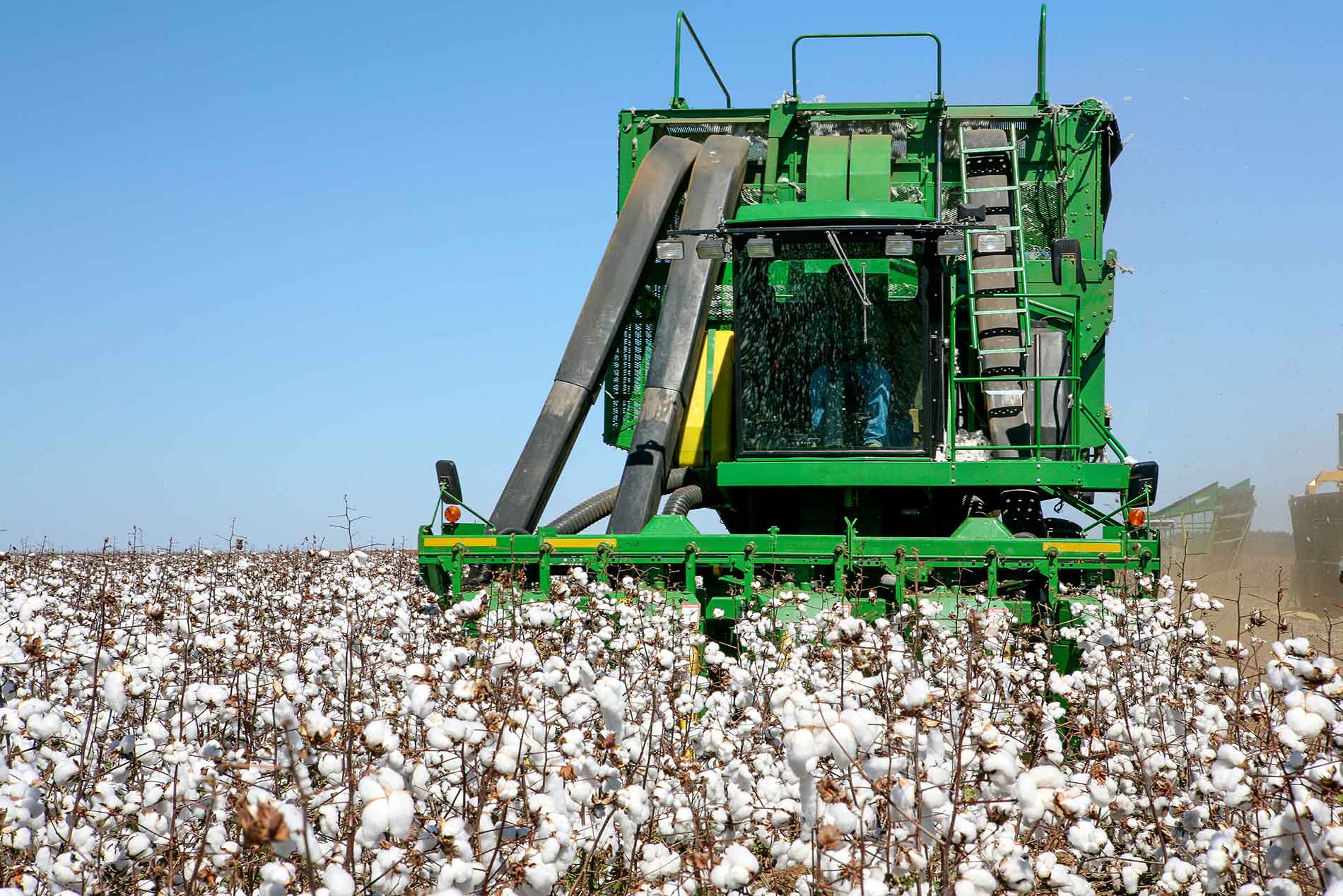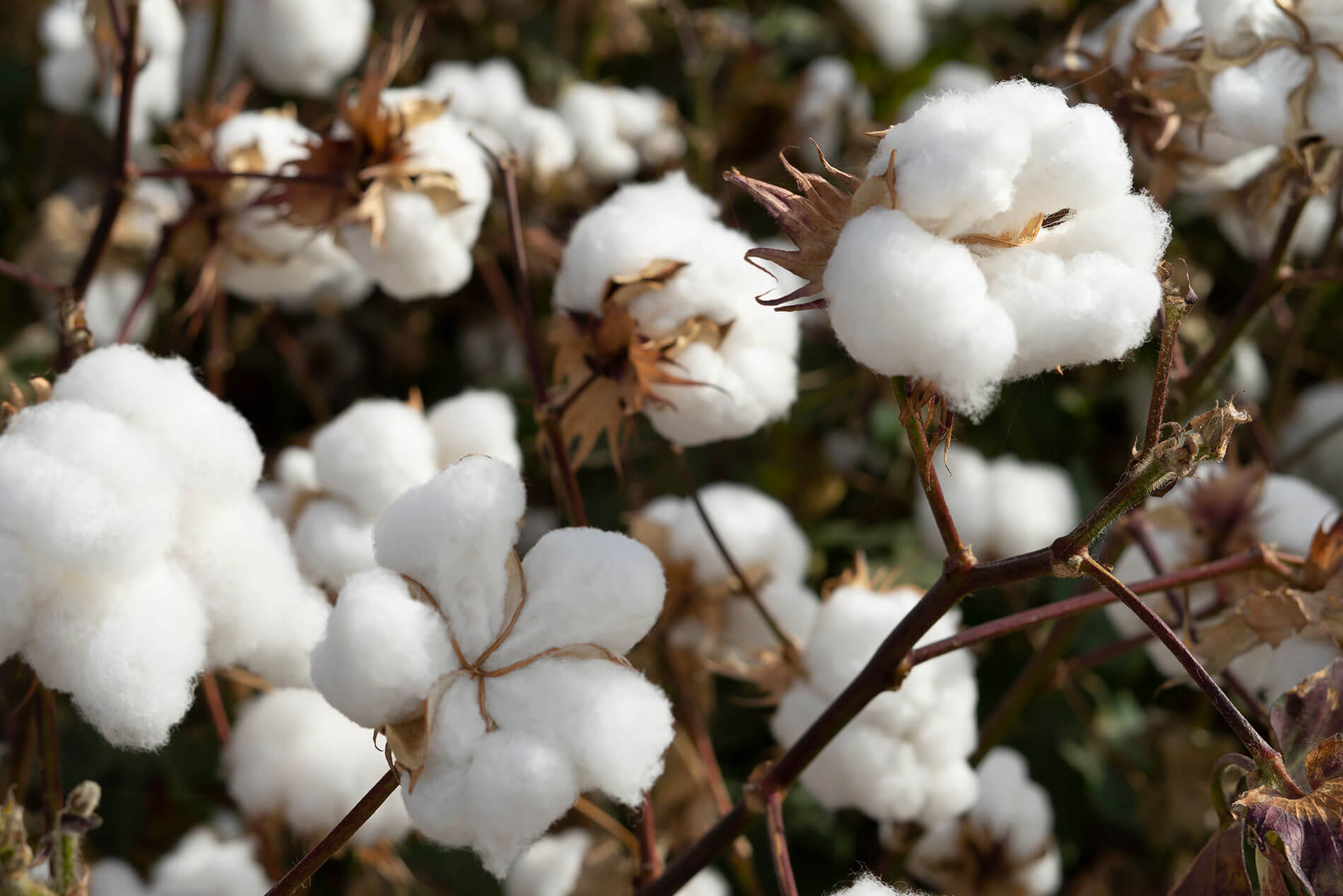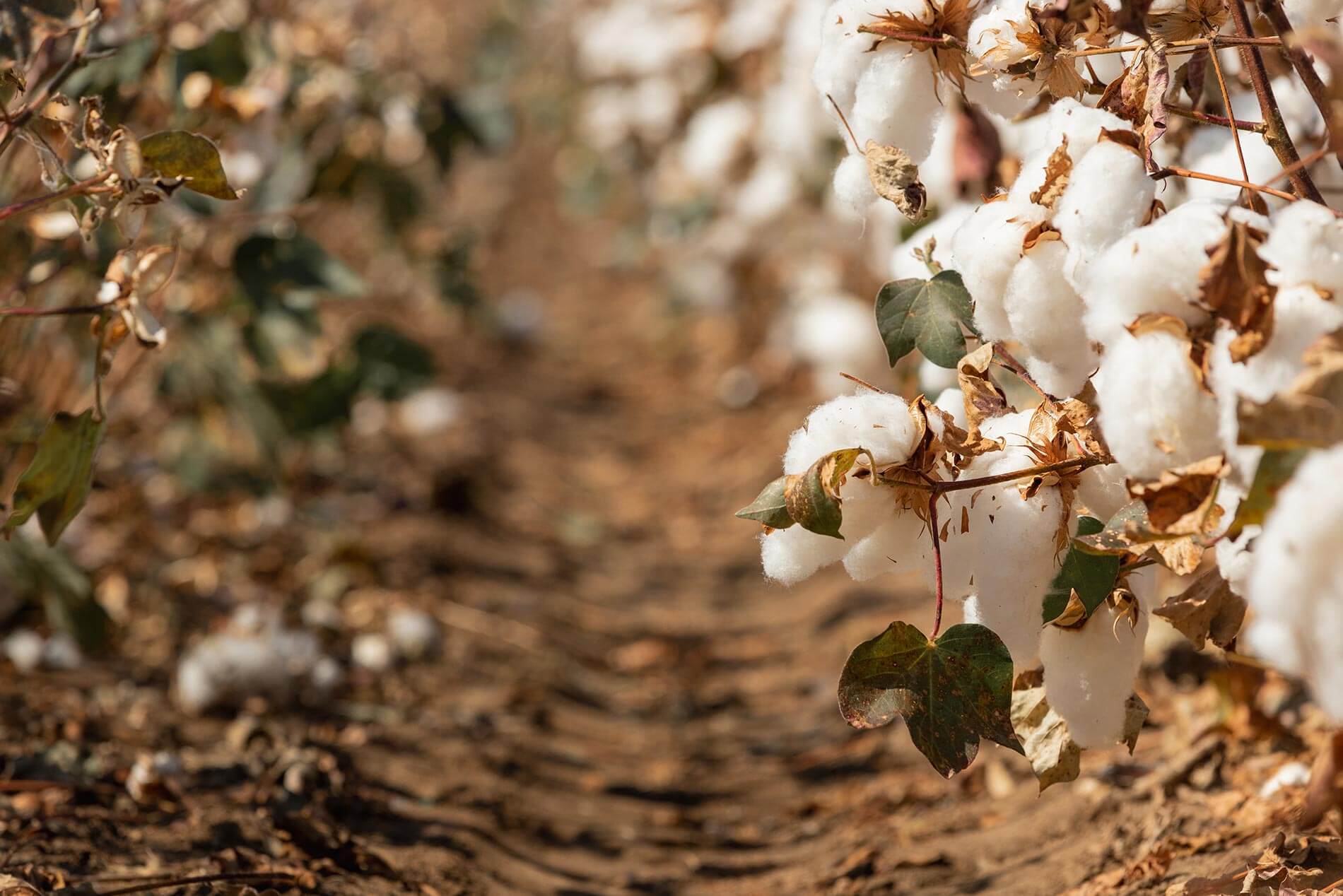The Case IH water system is an integral part of any cotton harvester. Many mechanical benefits keep the cotton-picking machine operating smoothly during the entire operation concerning the harvest. The water system keeps everything lubricated and keeps the cotton and debris from clogging up all the mechanical parts that could destroy expensive parts. Information on
READ MOREAuthor: Certi-Pik, USA
6 Facts About the Cotton Gin
During the late part of the eighteenth century and the beginning of the nineteenth century, the Cotton Gin revolutionized the cotton industry in the United States. The cotton gin was invented by Eli Whitney in 1793 and was issued a patent in 1794 just one year later. It was created to speed up the extraction
READ MOREIs the Cotton Gin Still Used Today?
The history of the cotton gin is a very interesting one. Before it was invented in 1793 by Eli Whitney and a patent was issued for it in 1794, about 50 men and women were required to extract the cotton seeds from the fiber of the cotton plant to be able to use the fiber
READ MOREDisadvantages of the Cotton Gin
During the majority of the time throughout the 1700s and even into the early 1800s, the two main crops that were grown in the South that brought in cash were indigo, which was used to dye fabrics, and tobacco. There were fields of cotton that grew naturally throughout that area, but most farmers chose not
READ MORE7 Advantages of The Cotton Gin
The invention of the cotton gin has been a subject of much debate by historians for many years. It is hailed as one of the greatest advancements in agriculture of all time, changing the world by making cotton an easily available resource. Here we will examine the agricultural and economic advantages of the invention of
READ MORE




